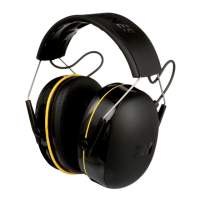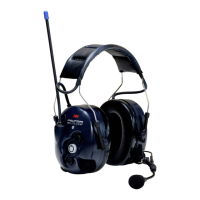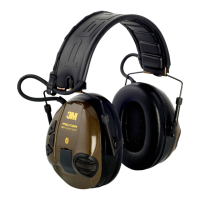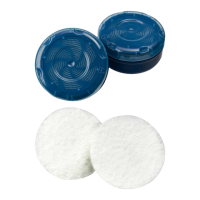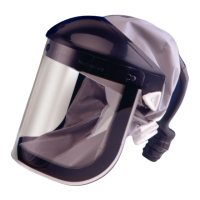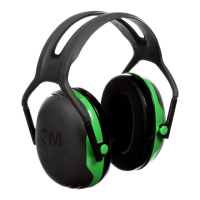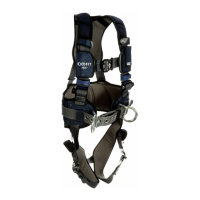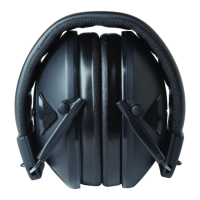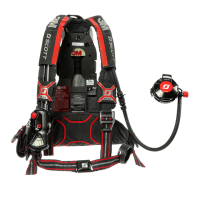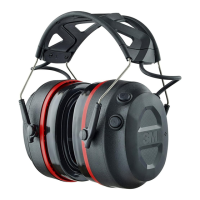The length of compressed air hose W-3020 used depends on the specifications of the low-pressure air pump
utilized. Some pumps specify a minimum of 50 or 100 feet of hose to allow adequate cooling of the air
heated by the pump's mechanism. Read the pump’s instructions thoroughly before selecting the supplied air
hose W-3020 length that will be used. NO PUMP IS TO BE USED WHICH COULD CAUSE AIR
HOTTER THAN 160º F (71º C) TO ENTER THE SUPPLIED AIR HOSE W-3020. Air hotter than 160º F
(71º C) may cause the hose to degrade which would adversely affect respirator performance and result in
sickness or death.
Discussion on Respirable Air
Many older compressed air systems may have air that is unfit for human use without secondary air treatment.
This is due largely to the presence of objectionable oil vapors and odors. Rules and regulations governing air
quality when using compressed air for respiration are quite specific.
Precautions must be observed when using compressed air for breathing purposes.
Oil mist from the compressor lubricating oil must not be present when the air reaches the air control device.
Excessive amounts of water vapor and any particulate matter should also be removed as they may result in
unpredictable behavior of the air control device. The schematic diagram of the air purifier and pressure
regulator equipment shows what should be installed in the main airline ahead of the connection for breathing
air hoses. (Fig. 1)
Fig. 1
If a pre-assembled air filtering and regulating device is desired, 3M offers several compressed air filter and
regulator panel assemblies. These assemblies contain a specially designed filter cartridge to help remove oil
mist and vapors, condensed moisture, particulates, odors and vapors. They come completely assembled and
are ready for connection between the compressor and the supplied air respirator system.
Note: Carbon monoxide-
Although it is theoretically possible that oil lubricated compressors can create carbon monoxide (CO) if the
compressor overheats, studies have shown that the location of the compressor's air intake is the most likely
source of carbon monoxide contamination
1
. According to OSHA regulation (29 CFR [1910.134][d]), periodic
CO monitoring, rather than continuous CO monitoring with an alarm, is acceptable if the oil lubricated
6
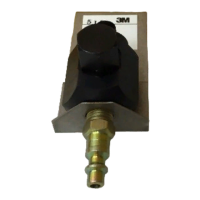
